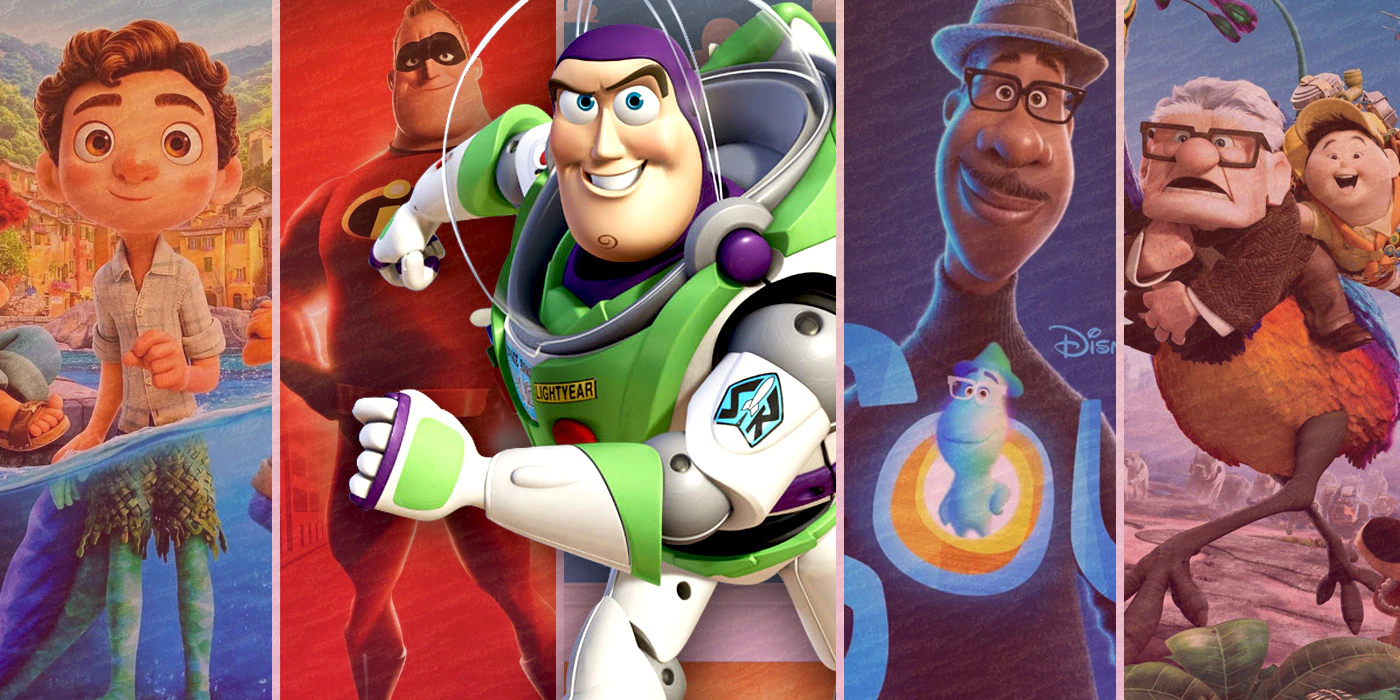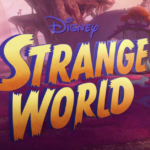If there is one studio in Hollywood that pushed the boundaries of what topics could be explored in family-friendly cinema — especially animation — and how these topics could be explored, it is certainly Pixar.
Originally Lucasfilms’ quirky computer division, Pixar spun off into its own company in the mid ’80s, developing the idea of using computer generated imagery for fully animated films.
RELATED: How The Muppets Fell after Jim Henson’s Tragic Death – And Why They Remain Cultural Icons
While some works — mostly notably the TV show ReBoot — beat Pixar to the punch when it comes to making an “all-CGI cartoon,” Pixar is credited for normalizing the aforementioned form of animation. Its success resulted in the ubiquity of computer animation studios in Hollywood.
Even the studios that made hand-drawn movies like Disney and DreamWorks have jumped ship, with Disney only recently planning on giving 2D animated films another go.
So how did Pixar do evolve, and where is its future heading?
What Is Pixar’s Legacy?
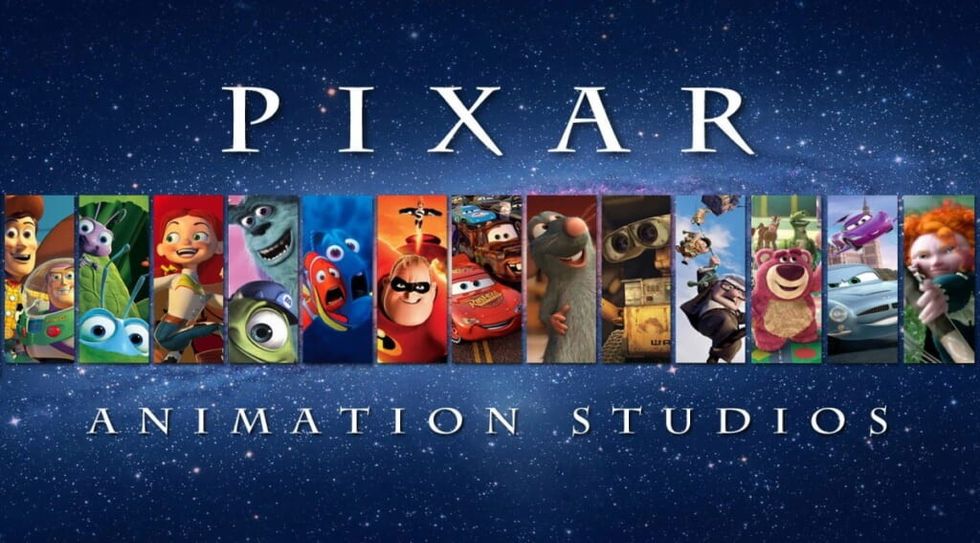
For the first 15 years of its existence as a producer of animated features, Pixar defined and dominated the mainstream landscape. With the exception of A Bug’s Life and Cars, its filmography fromToy Story toToy Story 3 is generally considered to consist of some of the greatest animated films of all time.
Pixar movies were (and are) seen as artistically and culturally significant for their innovative approach to animation and storytelling, with an uncanny ability to appeal to both kids and older viewers.
RELATED: Who Was the REAL Dr. Seuss – And Is His Legacy Positive… or Problematic?
Even its weaker films at the time, like A Bug’s Life, were still critical and commercial successes. Cars merchandise, meanwhile, is Pixar’s main money maker outside the box office, which is potentially great for funding more personal and artistic projects.
Pixar was a juggernaut in the 2000s, but all good things, including its golden streak, come to an end. The 2010s could have been worse for the studio, but longtime fans saw an apparent betrayal of Pixar’s principles due to around half of its films in that decade being sequels in some way, as well as further integration in the commodified Hollywood pipeline.
The 2020s, although far from over, saw the resurgence of a new Pixar identity that helps the studio transition from its classic storytelling style to the expectations of modernity.
Pixar and the State of American Animation in the ’90s
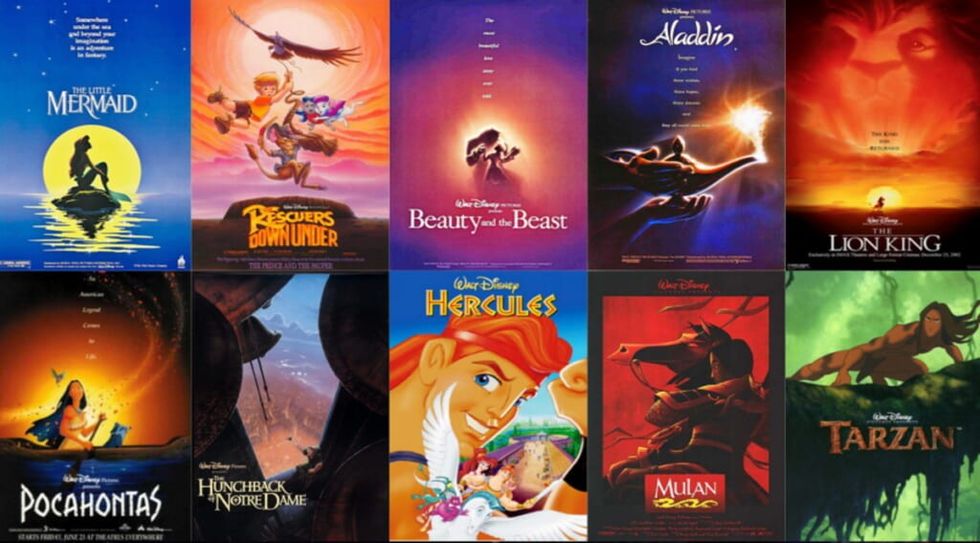
American animation is well-known for having gone through a renaissance in the 1990s, both on the big and small screan. Disney came back as the dominant force in the film scene after almost going bankrupt in the mid-1980s, an unthinkable fate knowing Disney’s current place in society today.
Halfway through this renaissance, Disney would remain a dominant force, but not in the way the higher ups might have intended. While the second half of the “Disney Renaissance” movies, such as The Hunchback of Notre Dame and Mulan, are well-liked today, they were not nearly as beloved when they were originally released.
This is mainly due to the films failing to live up the high expectations set by Beauty and the Beast, Aladdin, and especially The Lion King. However, the introduction of a new kind of animation, which would overshadow every other form in American features, would provide a new alternative.
How Toy Story Became Pixar’s Cinematic Paradigm Shift
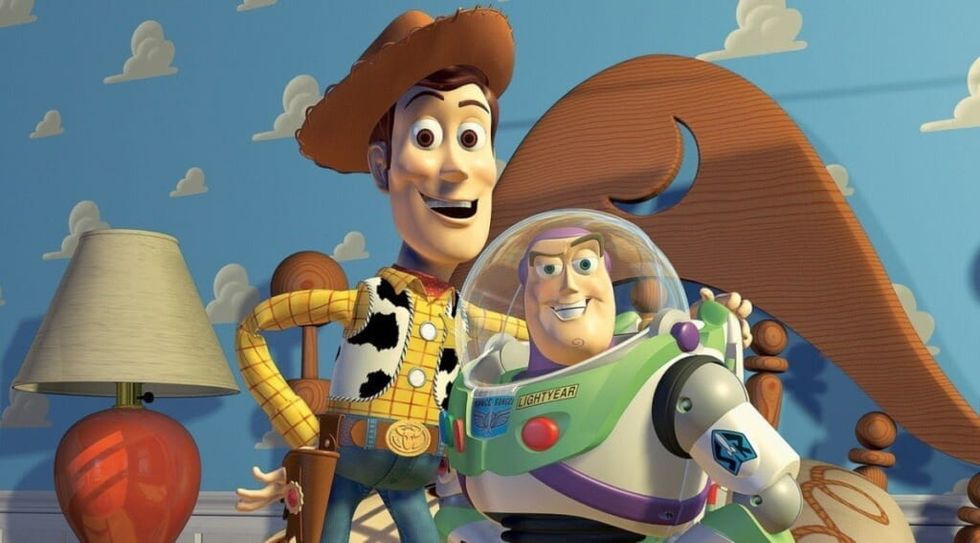
Toy Story was one of the riskiest yet most important animated projects in the 1990s, even for Disney. In 1995, Disney was banking on Pocahontas being a magnum opus of the era, an artistic retelling of American history. The reverence Disney had for Pocahontas was so intense, the company would transfer artists to The Lion King department as punishment, seemingly treating the feline-led flick as more infantile, and a “mere cartoon.”
Toy Story came out in 1995, but not after several struggles. The infamous Black Friday screening, which showed much more cynical and superficially “adult” footage — laden with insult humor — almost got the film canned. Once the filmmakers got to do what they wanted, the end result blindsided everyone in a way no one expected.
RELATED: The Dark Reason Matilda’s Mara Wilson Quit Acting – And the Light She Found on the Other Side
It’s now common knowledge that Toy Story annihilated Pocahontas in the box office, not to mention among both critics and audiences. The novelty of the animation, quotable comedy, and relatable themes were all lauded. In a way, Toy Story is the true 1995 instalment of the Disney renaissance. It changed American animation the way Disney’s version of Snow White did.
A clever element of Toy Story that makes the movie look good to this day, despite the obvious age, is how the filmmakers decided to explore computer generated imagery (CGI) as a form of animation. CGI was still in its infancy at the time, and it was nearly impossible to create character textures that did not resemble plastic. The Pixar crew connected the dots, and figured that writing a story starring actual plastic objects was the ideal way to express their vision.
How Pixar Created Its Identity
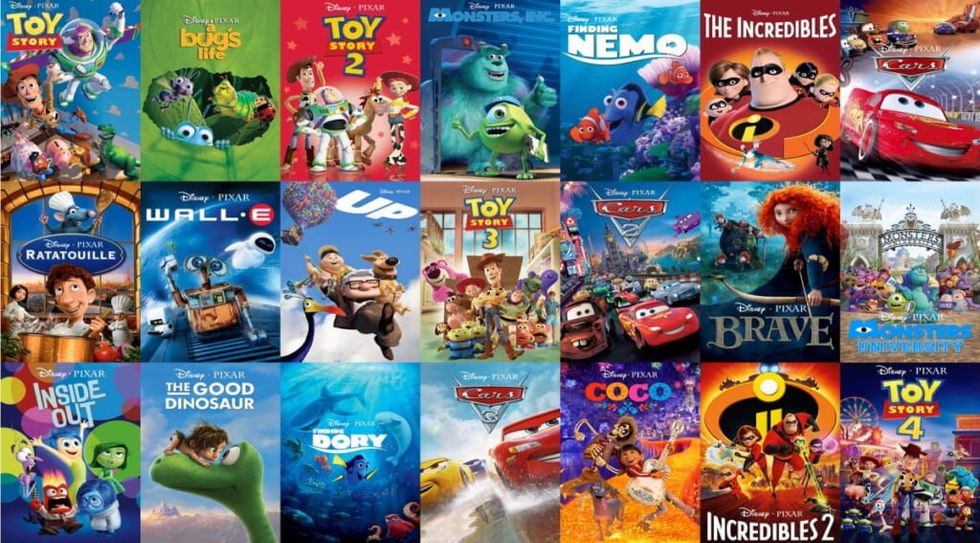
Once Toy Story put Pixar on the radar, the studio’s output dominated that of its competitors. A Bug’s Life might have felt redundant, due to also featuring small creatures with early CGI-compatible textures (insects and their exoskeletons), and Cars felt out of place, but Pixar was still consistent in its dedication to creating original stories sparkled with magic realism. The studio’s movies have unrealistic plot points, sure, but they follow their own universe’s internal rules.
Combined with the constant technological innovations, like Sulley’s fur in Monsters, Inc. and the water in Finding Nemo, which was tweaked for looking too realistic in 2003, Pixar had a recipe for frequent success. They have reflected the human experience through ludicrous concepts such as superheroes having their identity suppressed by the law, a rat aspiring to be a chef, and a robot whose sole purpose is creating trash cubes in a polluted and long-abandoned Earth.
RELATED: The Harry Potter Stars Open Up And Get Vulnerable About Their Time In The Franchise
Another thing that made people, especially critics, respect Pixar was its reluctance to make sequels, aside from the two Toy Story follow-ups. The stories had individuality, and they were hard to turn into money-pumping machines, even with all the profit they brought. This all changed once the 2000s were over, though.
Toy Story 3 ended Pixar’s “golden age,” and considering its subject matter, it could not have been a more appropriate movie to end the studio’s golden streak. In an uncomfortably laughable way, Cars 2 contrasts Toy Story 3 by being the perfect movie to start Pixar’s “dark age.”
Pixar’s Cars Brought Money – But Not Respect
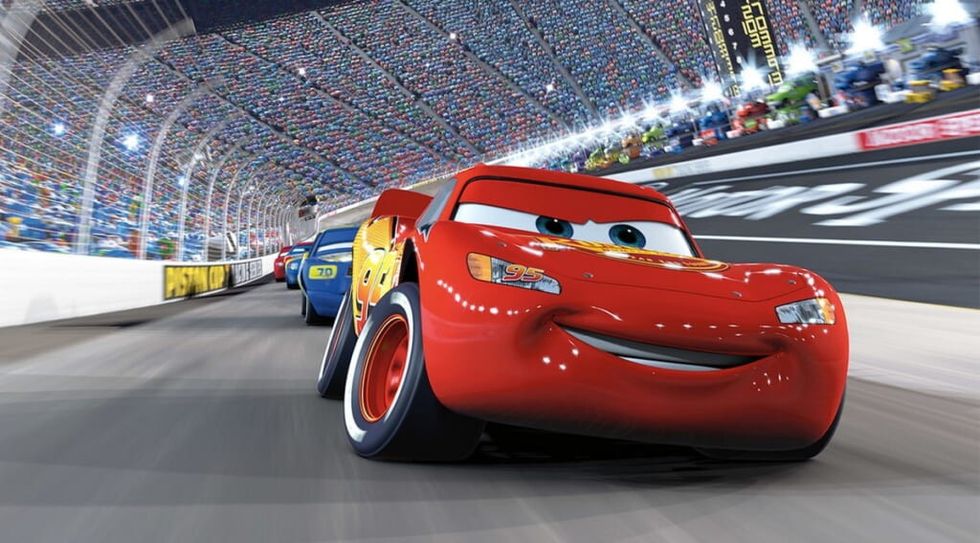
There was never an official consensus among Pixar fans, but it has been suspected that A Bug’s Life and especially Cars were the black sheep of Pixar’s best years because of how they approached anthropomorphism.
They exclusively focused on non-human characters at the expense of exploring humanist topics from the perspective of a non-human creature. Cars was especially guilty of this because it stars talking vehicles for the sake of it, while A Bug’s Life at least acknowledged that humans existed, but decided that crafting the insects’ society was more important than shoehorning humans into the story.
As a result, Cars 2 was the complete opposite of Toy Story 3 in many ways. Due to its existence, Cars became the first Pixar film to become a franchise after Toy Story. Its focus on Mater would hint at the protagonist switch other future Pixar sequels would employ. Lastly, and most importantly, it is the first Pixar movie to be negatively received, denting morale at the studio and among fans.
The 2010s at Pixar: Sequel and Development Hell
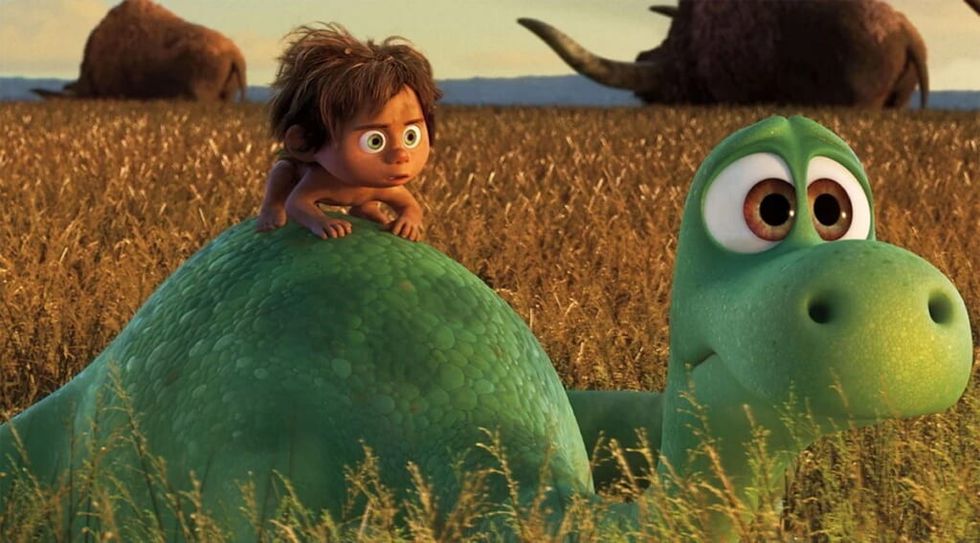
Except for Inside Out, which was met with glowing praise comparable to the studio’s earlier works, Pixar’s filmography from 2011 to 2015 was rustier than usual, mainly due to obstacles the filmmakers encountered.
Monsters University was decently received for the studio’s standards, but that only convinced Pixar to further engage in self-reflection.
However, Brave and especially The Good Dinosaur were plagued by internal production issues, such as having to change directors. While Brave at least, and controversially, won the Oscar for Best Animated Feature in addition to getting representation in the Disney Princess franchise, The Good Dinosaur had the dubious honor of being the first Pixar movie to be a box office flop. In Hollywood, that is arguably a bigger crime than Cars 2’s mixed reviews.
Why More Pixar Sequels Is So Controversial
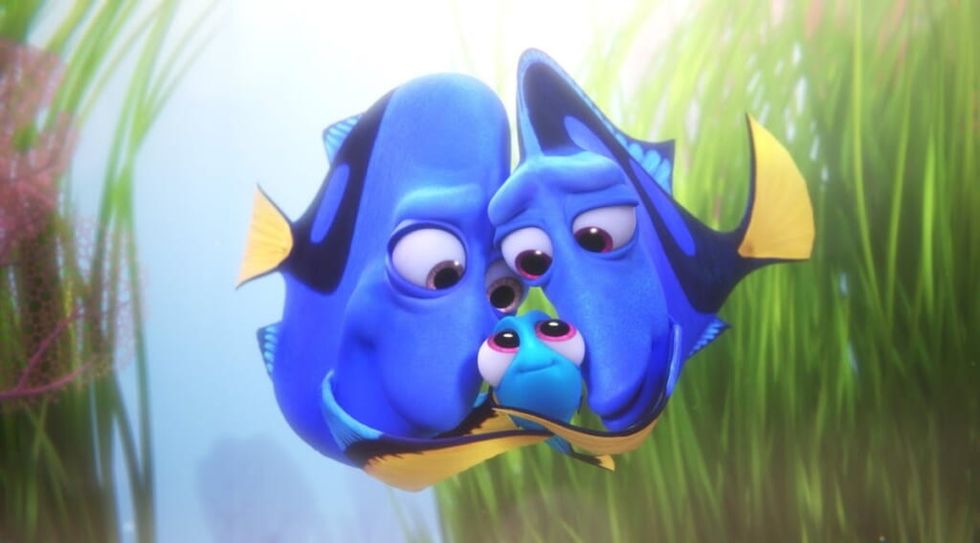
The Good Dinosaur’s troublemaker of a production cycle opened Pixar’s eyes. However, it was not enough for the sequels to stop. Following The Good Dinosaur was Finding Dory and, much to several people’s dismay, came Cars 3.
RELATED: What Happened to Jake Harper from Two and a Half Men?
The former was the first Pixar film of the decade, excluding Inside Out, to reach a similar level of acclaim as the older films. Cars 3 had a memetic marketing campaign, and was mostly seen as “ok.” Not excellent, but a far cry from the vitriol Cars 2 attracted.
Pixar’s Positive Changes and Comeback
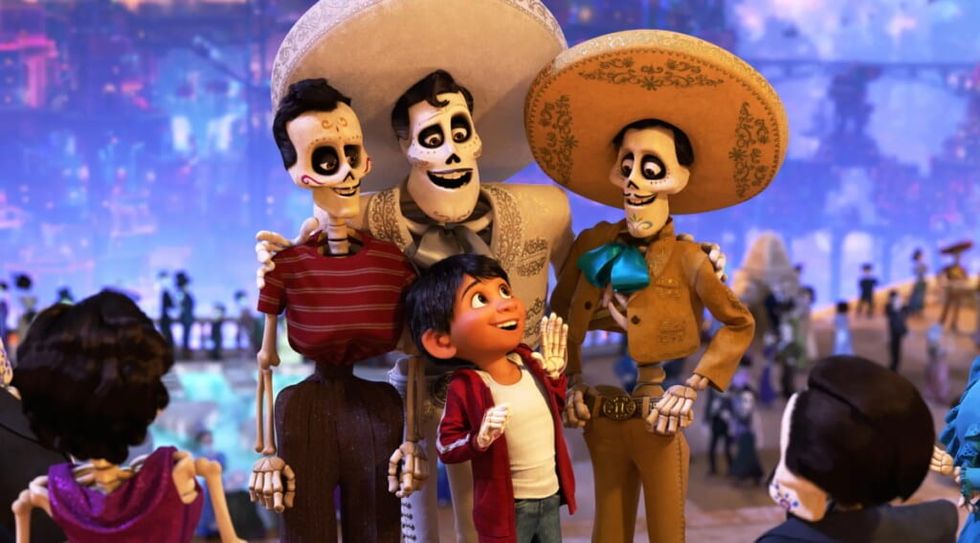
Coco encountered some controversy, being by an American man with no ties to Mexico, Disney attempting to trademark Day of the Dead, and issues with crediting the woman that inspired Mama Coco.
Nevertheless, it was met with wide acclaim in both the United States and Mexico. While there were two more successful sequels after Coco — the long sought-after Incredibles 2 and the equally anticipated Toy Story 4 — the people at Pixar were finally ready to introduce the new generation of filmmakers’ work. As such, a new identity for the studio was blossoming.
RELATED: What Donald Glover and Atlanta Teaches Us About Being Your Own Biggest Cheerleader
Coco could’ve easily flopped considering the problems it faced as its release date approached, but it didn’t. Ironically, despite the initial criticism surrounding co-director Lee Unkrich’s lack of cultural connections to Mexico, the film would start a newfound idea in Pixar films. There is now a tendency to make the personal touch even more personal.
How the COVID-19 Pandemic Affected Pixar
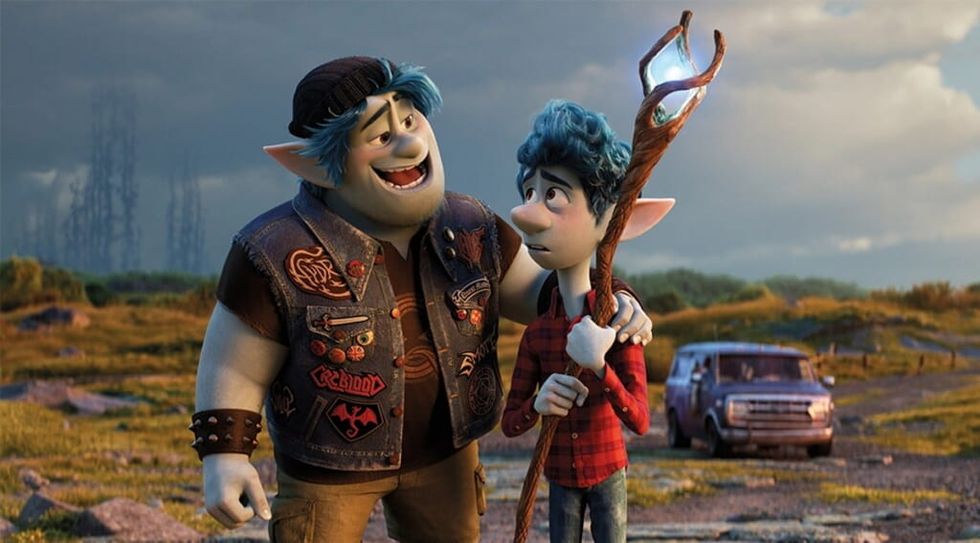
Pixar’s older films were obviously inspired by the creators’ own lives. As such, the reason so many Pixar protagonists were either parents or parental figures was due to the studio’s top creatives becoming parents around the time Pixar became a cultural icon. That said, parenthood is both a common and universal theme, and its current films decide to take a narrower, but much more personal approach to their themes.
The year 2020 was obviously a hard one for almost everyone that remembers it. The same cannot be said for Pixar, at least from a commercial and critical standpoint. Onward is no cultural phenomenon and was Pixar’s second box office flop, but it fared way better on Video on Demand, proving the pandemic caused its initial financial failure.
The film’s premise is based on director Dan Scanlon losing his father at a very young age, twisting the typical Pixar parent story into a much gloomier concept. Onward was decent enough, but Pixar’s other 2020 outing, Soul, proved to people that the studio was finally back in its truest, most authentic form.
The Return of Pixar’s Soul at the Cost of Minority Erasure?
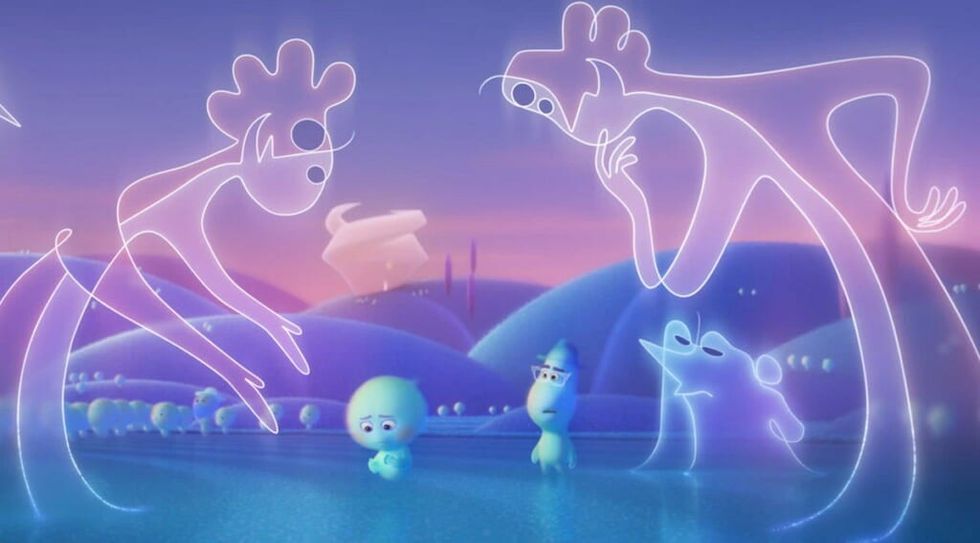
Similar to Coco, Soul faced some culture-related controversy surrounding its focus on a Black-centric story, despite its director being white. It didn’t help that part of the setting forces the hero, Joe, to transform into a blue, cutesy figure. While perhaps defensible on paper, it reflected an odd trend in mainstream animated features, such as The Princess and the Frog and Spies in Disguise, to turn a black protagonist into an anthropomorphic creature for a major part of the story.
There were still some detractors, but Soul won people over in a way not seen since Inside Out, or even the likes of Up and Toy Story 3. Although there is some disconnect due to their different ethnocultural roots, Joe’s relationship with music was heavily based on co-director Pete Docter’s own experience working on Inside Out, as well his personal love for jazz.
The film also became the subject of philosophical discussions not seen since the associations of Toy Story with existentialism, which gave it credibility as a “serious” work, prompting people to believe Pixar was finally back on track.
Why Pixar Made a Splash with Luca
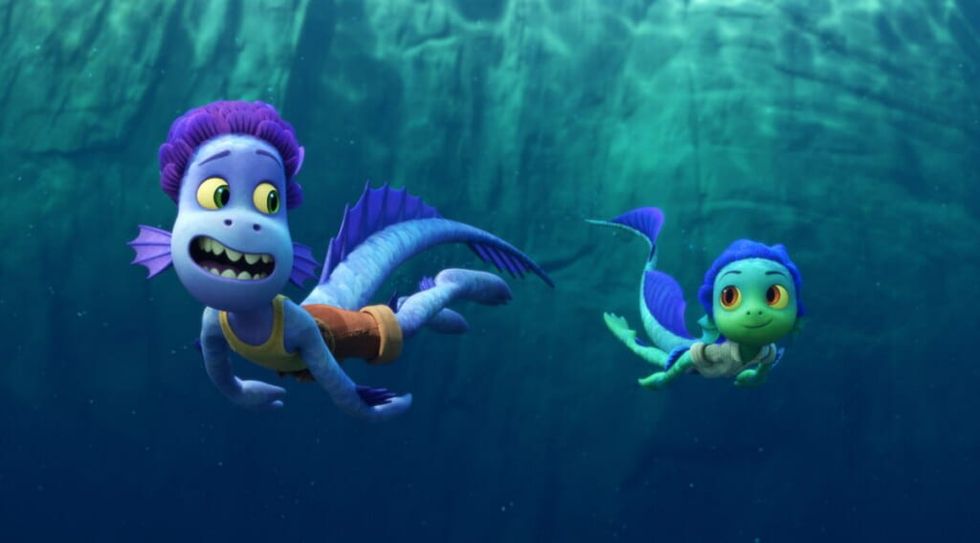
Luca and Turning Red are Pixar’s latest works, and if Lightyear hints at anything, also the last films to skip theatrical release. Despite the pandemic depriving viewers of experiencing these stories on the big screen, the films marked a turning point for the company.
RELATED: Ewan McGregor’s Response to Racist Star Wars Trolls Attacking Moses Ingram Was Powerful – But Sad
Luca was criticized for having a simpler storyline than the average Pixar movie, but to most viewers, that was to its benefit. After the philosophical info-dump provided by Soul, which even confused some kids in the audience, Luca was what people needed, especially during the peak of the pandemic. The nostalgic Italian setting and childhood-forged friendships reflected not only director Enrico Casarosa’s own youthful years, but the viewers’ own past.
The sea monsters are unrealistic and the setting is foreign to most viewers, but Casarosa was able to express his own attachment to his childhood home in a way to which anyone, regardless of background, can connect. Luca is straightforward, unpretentious and jolly. It shows that Pixar films can be laid back without washing away what made them so beloved.
Turning Red from an Embarrassing Culture War
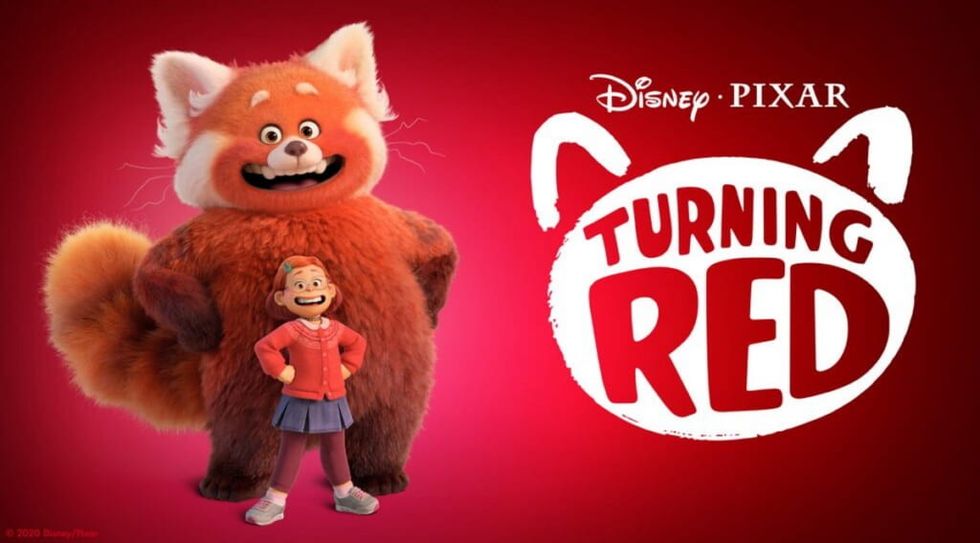
The discourse surroundingTurning Red has proven to be irritating (to say the least) for many fans. Nevertheless, the tug-of-war surrounding the film did not deprive it of any success.
Beyond the achievements the film is credited for, such as being the first Pixar film to be solely directed by a woman, Turning Red continues what Luca, Soul, and Onward started. Domee Shi’s experience growing up as a Chinese-born Canadian in the famously multicultural city of Toronto mirrors the film’s own setting even more meticulously than any past reflection of a Pixar director’s life.
RELATED: Why Natalie Portman Left Marvel Movies – And Why She Returned in Thor: Love & Thunder
Having the movie specifically take place in the early 2000s shows that lionizing the aughts is slowly becoming popular, but it was also the best way for Shi to explore the film’s themes of puberty and tension between parents and their children.
The claims, including one from a particularly infamous review, that the film panders to very specific communities, are barely legitimate even within the context of shallow marketing. The alienation felt during teenagerhood at school and at home is a topic anyone can relate to, no matter where they were raised.
The film’s decision to explore that topic through the initial shock of dealing with puberty and cultural clashes between a diaspora child and their older, usually foreign-born relatives is new to Pixar and mainstream animated features as a whole. Turning Red’s success will likely encourage Pixar to continue this practice.
Pixar’s Newfound Quality Will Hopefully Remain Consistent
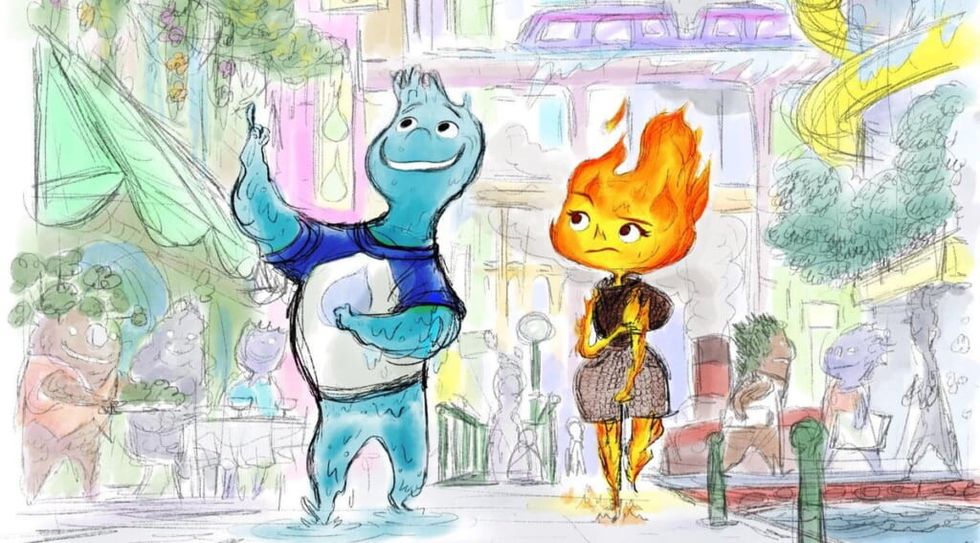
Pixar is ready to pass the torch to a new generation of filmmakers, and the audience is equally ready. The fantasy elements we have come to appreciate are still here, but the individuality of the storytellers will flourish even more than it already did.
Pixar seems more willing to simultaneously release the occasional, Ghibi-like fun romp, and tackle ideas seldom brought up in family-friendly animation. Its films still have all-ages appeal, this time from a modern perspective, and with Pete Docter as chief creative officer, things are looking brighter than ever.
KEEP READING:
Dr. Seuss’ Most Memorable Book Characters – And Ones You Might Want to Forget
Credit: Source link
